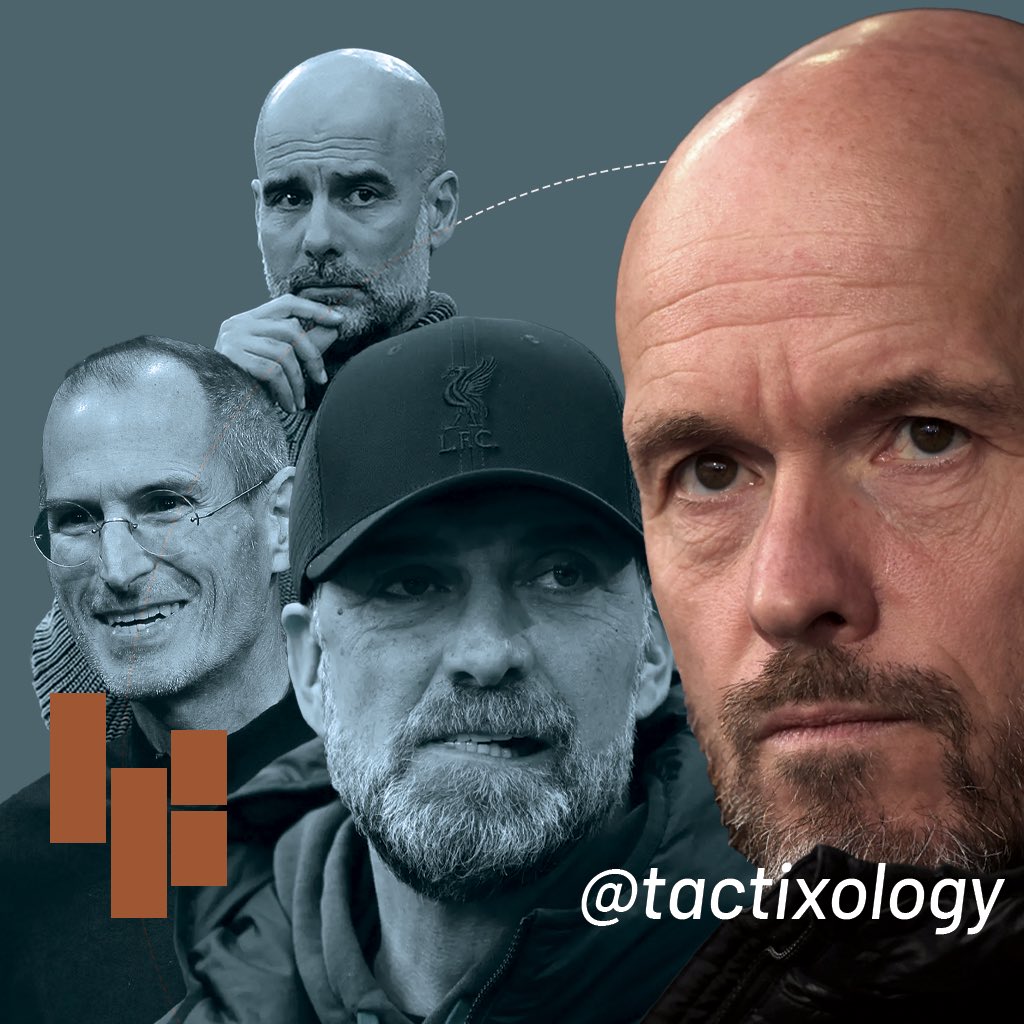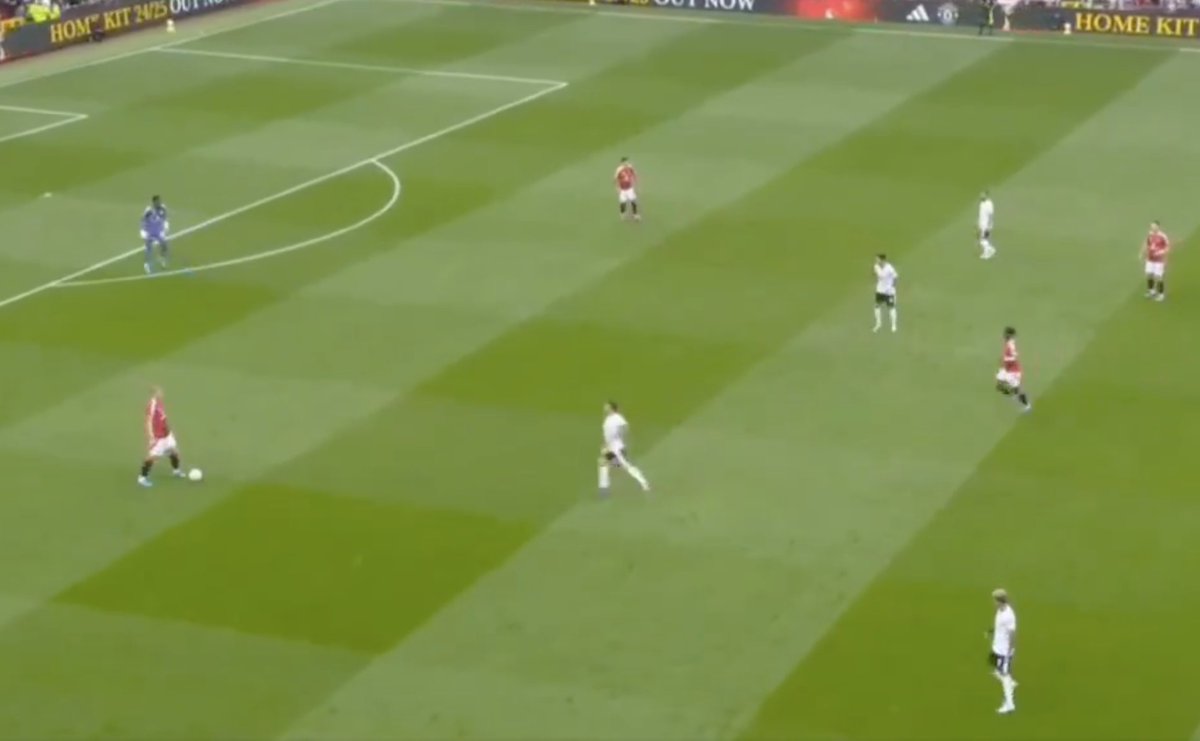
How to get URL link on X (Twitter) App


 Firstly, what is Amorim trying to do? The macro idea is to lure opposition to press centrally, which opens up wide areas for progression.
Firstly, what is Amorim trying to do? The macro idea is to lure opposition to press centrally, which opens up wide areas for progression.




 Has there been any improvements in recent months? Much less than I would like.
Has there been any improvements in recent months? Much less than I would like. 
 A better plan might have been to use this season to develop building blocks and install fundamental principles of a control-based model, while maximizing assets in the squad.
A better plan might have been to use this season to develop building blocks and install fundamental principles of a control-based model, while maximizing assets in the squad. 
 Of course, many of there are interlinked and execution levels will ultimately depend on player quality and compatibility.
Of course, many of there are interlinked and execution levels will ultimately depend on player quality and compatibility.
 Since the Mou era, our approach in big games has mostly been to give up possession, move to a low or mid block and try to counter.
Since the Mou era, our approach in big games has mostly been to give up possession, move to a low or mid block and try to counter.

 How does it work?
How does it work?




 Here is Onana, in one of our first settled possessions, forming a back 3 with Evans and Maz, with a Case - MDL pivot in front of them.
Here is Onana, in one of our first settled possessions, forming a back 3 with Evans and Maz, with a Case - MDL pivot in front of them.

 Firstly, what is character in football?
Firstly, what is character in football? 

 First, what is a big chance, anyway? The official definition provided by Opta:
First, what is a big chance, anyway? The official definition provided by Opta: 

 We have a good mix of experienced players (Bruno, Onana, Rashford, Maguire), players about to peak (Dalot, MDL, Martinez, Ugarte, Mount, Maz) and great young talent (Garnacho, Mainoo, Hojlund, Amad, Yoro…).
We have a good mix of experienced players (Bruno, Onana, Rashford, Maguire), players about to peak (Dalot, MDL, Martinez, Ugarte, Mount, Maz) and great young talent (Garnacho, Mainoo, Hojlund, Amad, Yoro…). 

 At 16.8, Brentford’s PPDA (passes per defensive action) is the highest in the PL and 2x the league median, indicating a low press and usually no intent to stop opposition build up:
At 16.8, Brentford’s PPDA (passes per defensive action) is the highest in the PL and 2x the league median, indicating a low press and usually no intent to stop opposition build up: 




 1. Marcus Rashford 🔴
1. Marcus Rashford 🔴

 The system had a lethal, Death Star-level flaw: when teams refused to take the bait, or had elite pressing that suffocated us, there was no alternative plan for building & progressing.
The system had a lethal, Death Star-level flaw: when teams refused to take the bait, or had elite pressing that suffocated us, there was no alternative plan for building & progressing.

 Last season was not a desirable outcome, a hallmark of success, an argument in favor of process; it was a graveyard of football that we need to prevent from happening ever again.
Last season was not a desirable outcome, a hallmark of success, an argument in favor of process; it was a graveyard of football that we need to prevent from happening ever again.
 What comes first and what comes last, the idea or the resources for the idea; the players and players’s skills, or the tactics and utilization of players?
What comes first and what comes last, the idea or the resources for the idea; the players and players’s skills, or the tactics and utilization of players?

 How we play against much weaker teams and why it works
How we play against much weaker teams and why it works

 1. FIXING THE BUILD UP
1. FIXING THE BUILD UP
 While there seems to be more of an attempt to build short, at least compared to our worst games last year, it's still seems random and full of structural gaps:
While there seems to be more of an attempt to build short, at least compared to our worst games last year, it's still seems random and full of structural gaps: 